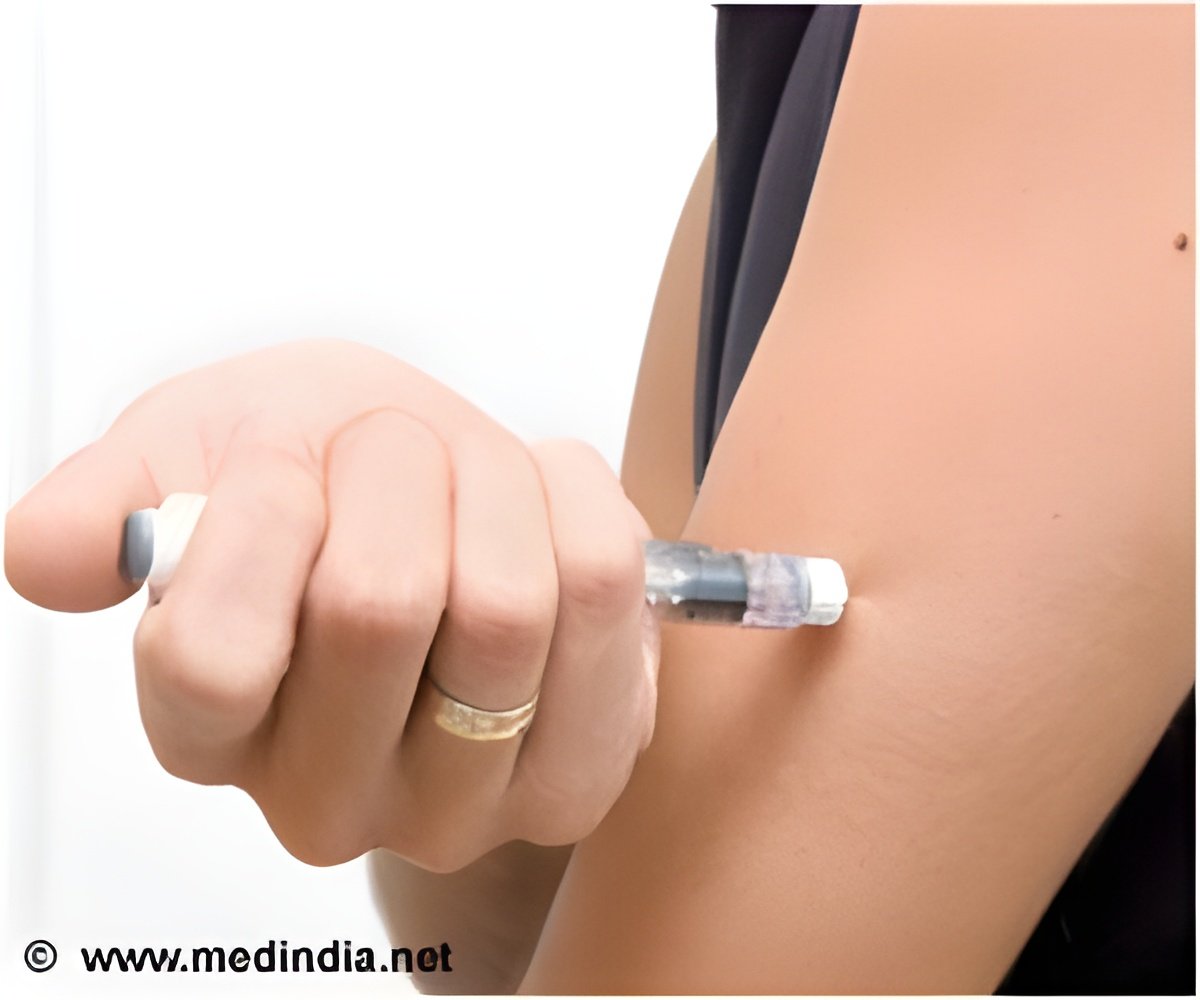
Glucagon-like peptide-1 (GLP-1) is a hormone that is secreted from the gut after eating. GLP-1 based therapy was recently introduced as a new treatment for patients with type 2 diabetes because of its ability to regulate blood sugar levels and to generate weight loss as opposed to weight gain. Moreover, GLP-1 agonists only stimulate insulin secretion when blood glucose levels are high, without increasing risk of hypoglycaemia. However, their optimal role in the management of type 2 diabetes has yet to be established.
Retnakaran and colleagues identified 2905 studies over 64 years involving basal insulin and/or GLP-1 agonists in adults with type 2 diabetes. The analysis of 15 randomised trials involving more than 4300 participants showed that the combination of basal insulin with a GLP-1 agonist resulted in a 92% greater likelihood of achieving target blood sugar control (A1c of 7% or lower [2]), with similar rates of hypoglycaemia and an average weight loss of more than 3kg compared with other anti-diabetic treatments. Compared to full basal-bolus insulin regimens [3], the combined treatment generated modestly better blood sugar control, but had a 33% lower risk of hypoglycaemia and almost 6kg greater weight loss.
Dr Retnakaran says: "Combining a GLP-1 agonist with basal insulin is a treatment strategy that can achieve the ideal triumvirate of short-term outcomes in diabetes management: optimal glucose control alongside weight loss and a low risk of hypoglycaemic episodes. As such, this combination treatment could improve the management of people with type 2 diabetes."*
Writing in a linked Comment, Dr John Buse, Chief of the Division of Endocrinology at the University of North Carolina School of Medicine in the USA says, "Perhaps the most practical and immediate issue is whether the fixed-dose combinations of a GLP-1 agonist and basal insulin in development will supersede other approaches. This is an unsettled question, but it seems likely that fixed-dose combinations will be welcomed in view of their convenience and efficacy…The major barrier to widespread adoption of these treatments is cost—both GLP-1 agonists and insulin analogues are among the most expensive in diabetes care. One can hope that some incremental cost savings will come with combined products. It has been a 20-year journey, but the combination of GLP-1 agonist and basal insulin has finally arrived as a more powerful and safer alternative to insulin in the management of type 2 diabetes."
Source-Eurekalert














